The first gay book I remember reading was Life Mask by Emma Donoghue. I was fourteen or so, and I found it in Dubray’s Rathmines branch. It was there in general fiction under ‘D’; not prominently displayed, as it had been published a few years back, but promisingly bulky. I was obsessed with old books and history, so the cover image of a woman in an elegant Georgian dress drew me in. The blurb said that the novel centred on a love triangle between a woman, a man, and another woman. I can’t remember having any particular reaction to that. Same-sex relationships weren’t intrinsically shocking to me, and they weren’t spoken about openly enough at home or at school for me to know what other people thought. (Sometimes people say that it was ‘modern’ of me to write my debut novel about a bisexual love triangle. I wonder: modern to whom?)
I was a lucky teenager. It was the sort of book that might have been banned within Ireland not long ago, and it was not only there on the general fiction shelf, but able to attract me based on my interests outside sexuality. Gay bookshops and specific LGBT sections are valuable, too, because LGBT people can and should explicitly celebrate our identities; but we’re everywhere in society, so it’s about time we were everywhere in bookshops.
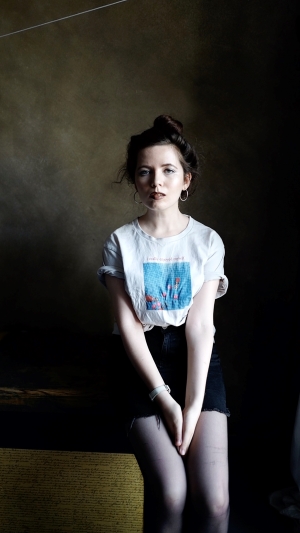
It’s since occurred to me that I’d actually read many gay books before Life Mask. If we count all books by gay authors (as I think we must; we’d never call a straight person’s book ‘not straight’ just because they didn’t include daring portrayals of heterosexuality) then my first gay book was Oscar Wilde’s Stories for Children. But Life Mask was the first one I read where I remember thinking: This happens in real life, so why doesn’t it happen more often in novels?
Naoise Dolan is an Irish writer born in Dublin. She studied English Literature at Trinity College Dublin and Oxford University, and now lives in London. Exciting Times is her debut novel, an excerpt from which was published in The Stinging Fly.

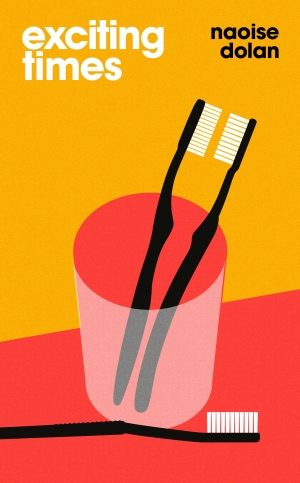


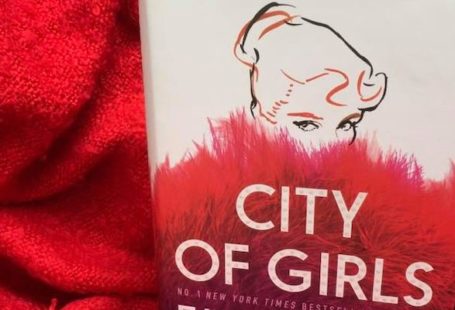
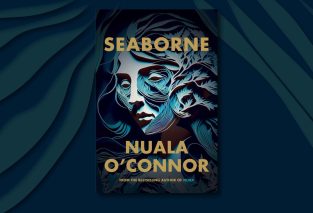
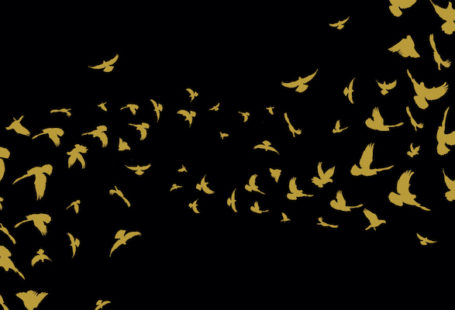
Recent Comments